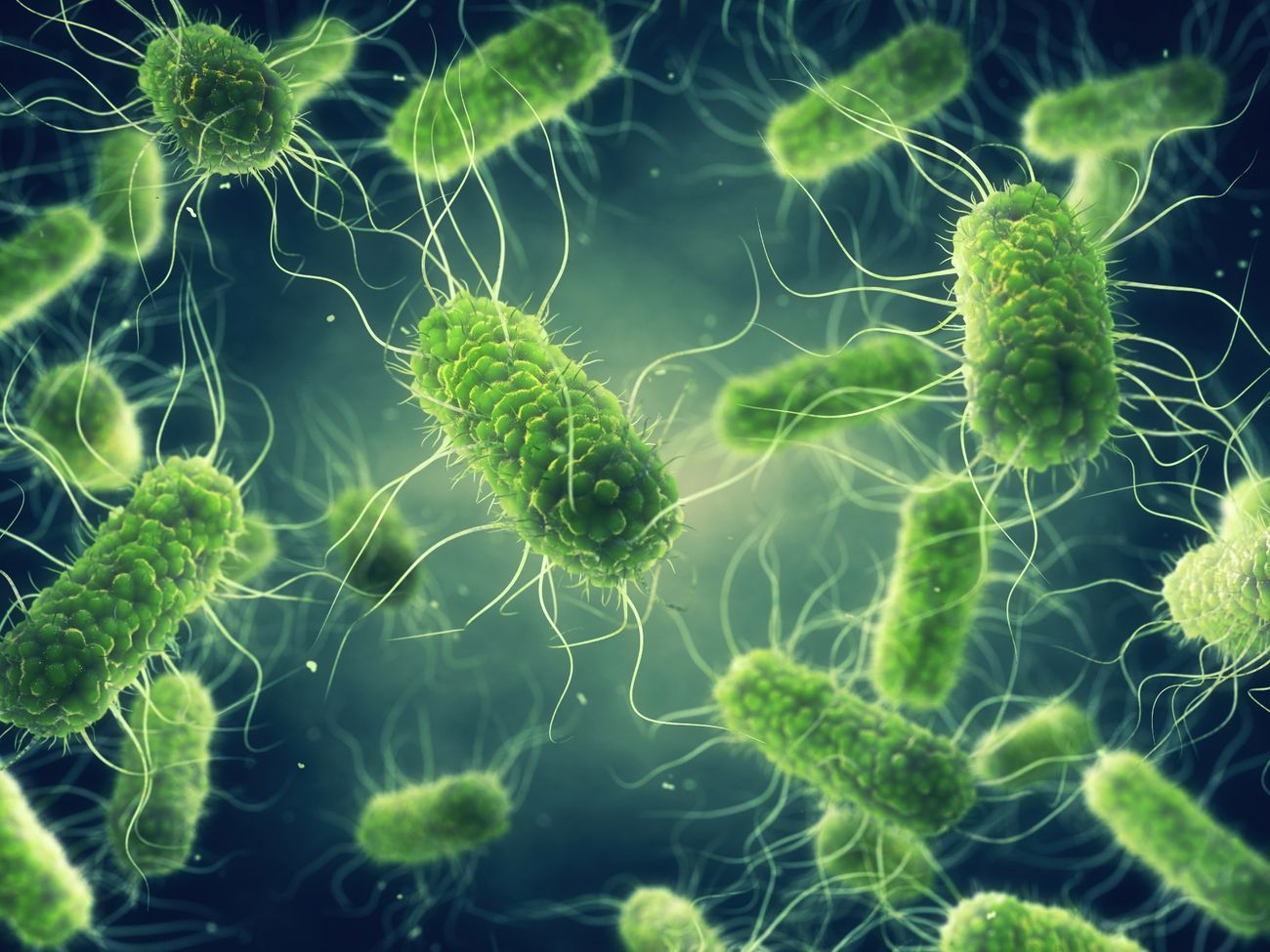
What are pathogens? Pathogens are tiny organisms that cause diseases. They can be bacteria, viruses, fungi, or parasites. These microscopic troublemakers invade our bodies, multiply, and disrupt normal functions. Why should we care about them? Understanding pathogens helps us prevent and treat infections. Knowing how they spread can keep us healthier. How do they spread? Pathogens can be transmitted through air, water, food, or contact with infected surfaces. What can we do? Simple actions like washing hands, cooking food properly, and getting vaccinated can protect us. Are all pathogens harmful? Not all; some are even beneficial. However, the harmful ones can cause serious illnesses.
What Are Pathogens?
Pathogens are tiny organisms that cause diseases. They can be bacteria, viruses, fungi, or parasites. Understanding these microscopic troublemakers helps us stay healthy.
- Bacteria are single-celled organisms. Some are good, but others can cause diseases like strep throat.
- Viruses are even smaller than bacteria. They invade living cells to reproduce, causing illnesses like the flu.
- Fungi include molds and yeasts. They can cause infections like athlete's foot.
- Parasites live on or in a host organism, causing harm. Examples include tapeworms and malaria-causing protozoa.
How Pathogens Spread
Pathogens can spread in various ways. Knowing how they travel helps in preventing infections.
- Direct contact involves touching an infected person. This can spread diseases like chickenpox.
- Indirect contact happens when you touch surfaces contaminated by pathogens, like doorknobs.
- Droplet transmission occurs when an infected person coughs or sneezes, spreading pathogens through the air.
- Vector-borne transmission involves insects like mosquitoes, which can carry diseases like malaria.
- Food and water can be contaminated with pathogens, leading to illnesses like food poisoning.
The Human Immune System
Our immune system fights off pathogens. It’s a complex network of cells and proteins.
- White blood cells are the body's main defense against pathogens. They attack and destroy invaders.
- Antibodies are proteins that recognize and neutralize pathogens.
- Vaccines help the immune system recognize and fight specific pathogens.
- Fever is a common response to infection, helping to kill pathogens by raising body temperature.
- Inflammation occurs when the body sends extra blood to an infected area, bringing more immune cells to fight the pathogen.
Common Pathogenic Diseases
Pathogens cause many well-known diseases. Some are mild, while others can be deadly.
- Influenza is caused by the flu virus. It leads to fever, cough, and body aches.
- Tuberculosis is a bacterial infection that affects the lungs.
- HIV/AIDS is caused by the human immunodeficiency virus, which attacks the immune system.
- Malaria is a parasitic disease spread by mosquitoes.
- Ringworm is a fungal infection that causes a red, itchy rash.
Historical Impact of Pathogens
Pathogens have shaped human history. Some outbreaks have had significant impacts.
- The Black Death was a plague caused by bacteria, killing millions in the 14th century.
- The Spanish Flu pandemic in 1918 infected one-third of the world's population.
- Smallpox was eradicated in 1980 thanks to a global vaccination campaign.
- HIV/AIDS emerged in the late 20th century, leading to millions of deaths worldwide.
- COVID-19 is a recent pandemic caused by the novel coronavirus, affecting global health and economies.
Preventing Pathogen Infections
Preventing infections involves good hygiene and other practices.
- Handwashing with soap and water removes pathogens from your hands.
- Vaccination protects against specific diseases by boosting the immune system.
- Safe food handling prevents foodborne illnesses.
- Using insect repellent can protect against vector-borne diseases.
- Wearing masks helps prevent the spread of airborne pathogens.
Pathogens in the Environment
Pathogens are everywhere, not just in humans. They can be found in various environments.
- Soil can harbor bacteria and fungi that cause infections.
- Water can be contaminated with pathogens, leading to diseases like cholera.
- Animals can carry pathogens that jump to humans, known as zoonotic diseases.
- Hospitals can be breeding grounds for antibiotic-resistant bacteria, known as superbugs.
Final Thoughts on Pathogens
Pathogens are fascinating yet dangerous microscopic organisms. They come in various forms like bacteria, viruses, fungi, and parasites. Each type has unique characteristics and ways of causing disease. Understanding how they spread helps in preventing infections. Simple actions like handwashing, vaccination, and proper food handling can make a big difference. Scientists continue to study pathogens to develop better treatments and vaccines. Awareness and education about these tiny invaders are crucial for public health. Next time you hear about a new outbreak, you'll know a bit more about what's going on behind the scenes. Stay informed, stay safe, and remember that knowledge is your best defense against these invisible foes.
Was this page helpful?
Our commitment to delivering trustworthy and engaging content is at the heart of what we do. Each fact on our site is contributed by real users like you, bringing a wealth of diverse insights and information. To ensure the highest standards of accuracy and reliability, our dedicated editors meticulously review each submission. This process guarantees that the facts we share are not only fascinating but also credible. Trust in our commitment to quality and authenticity as you explore and learn with us.
